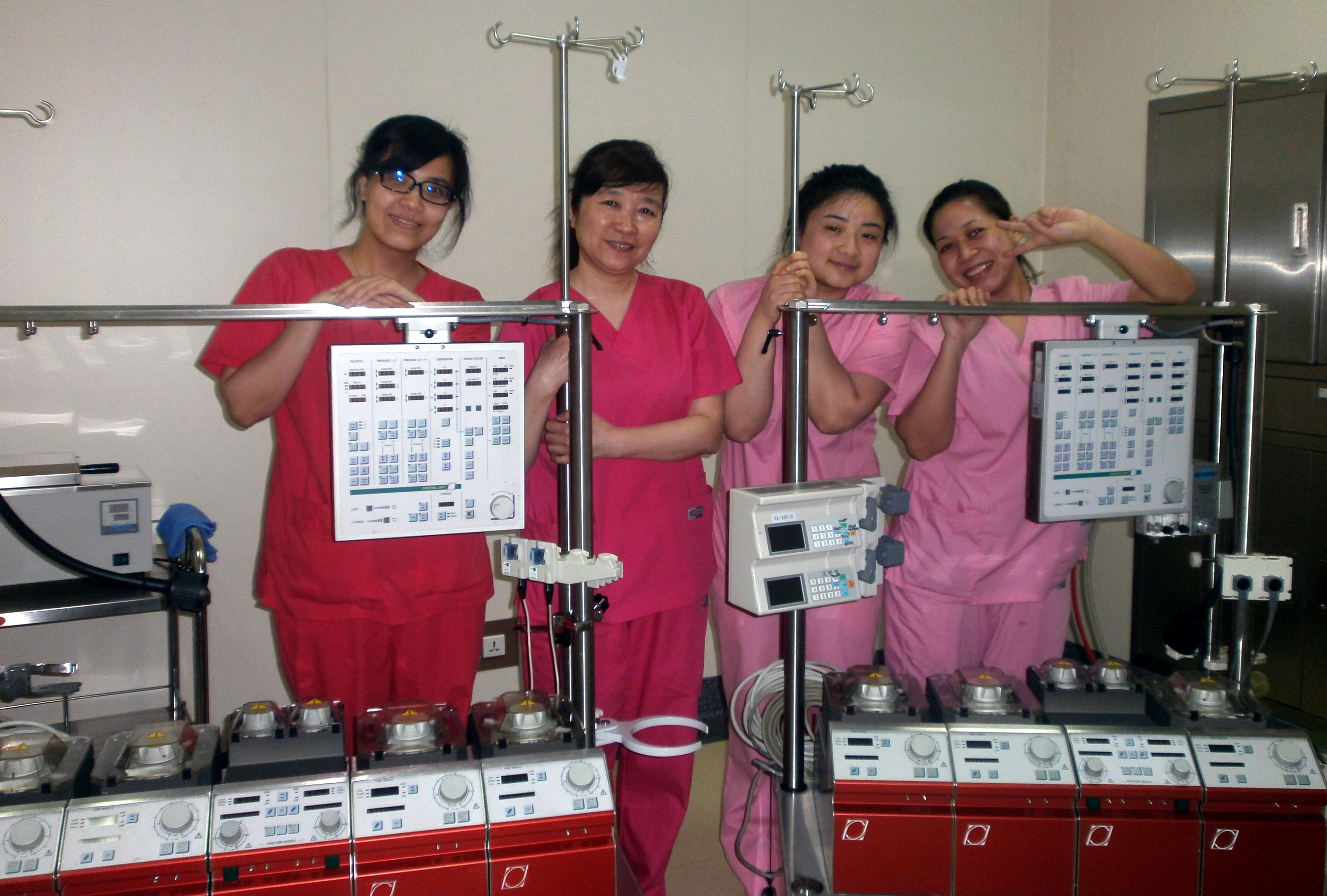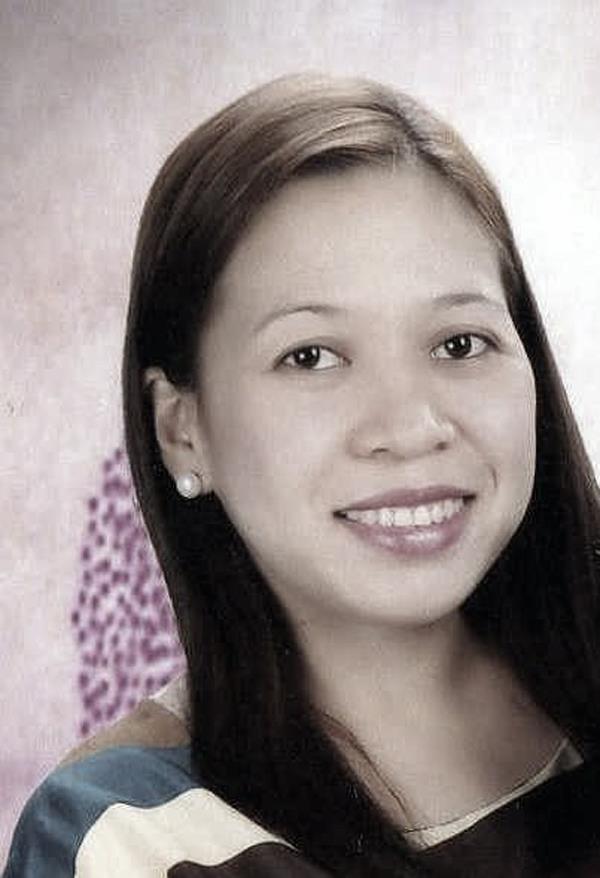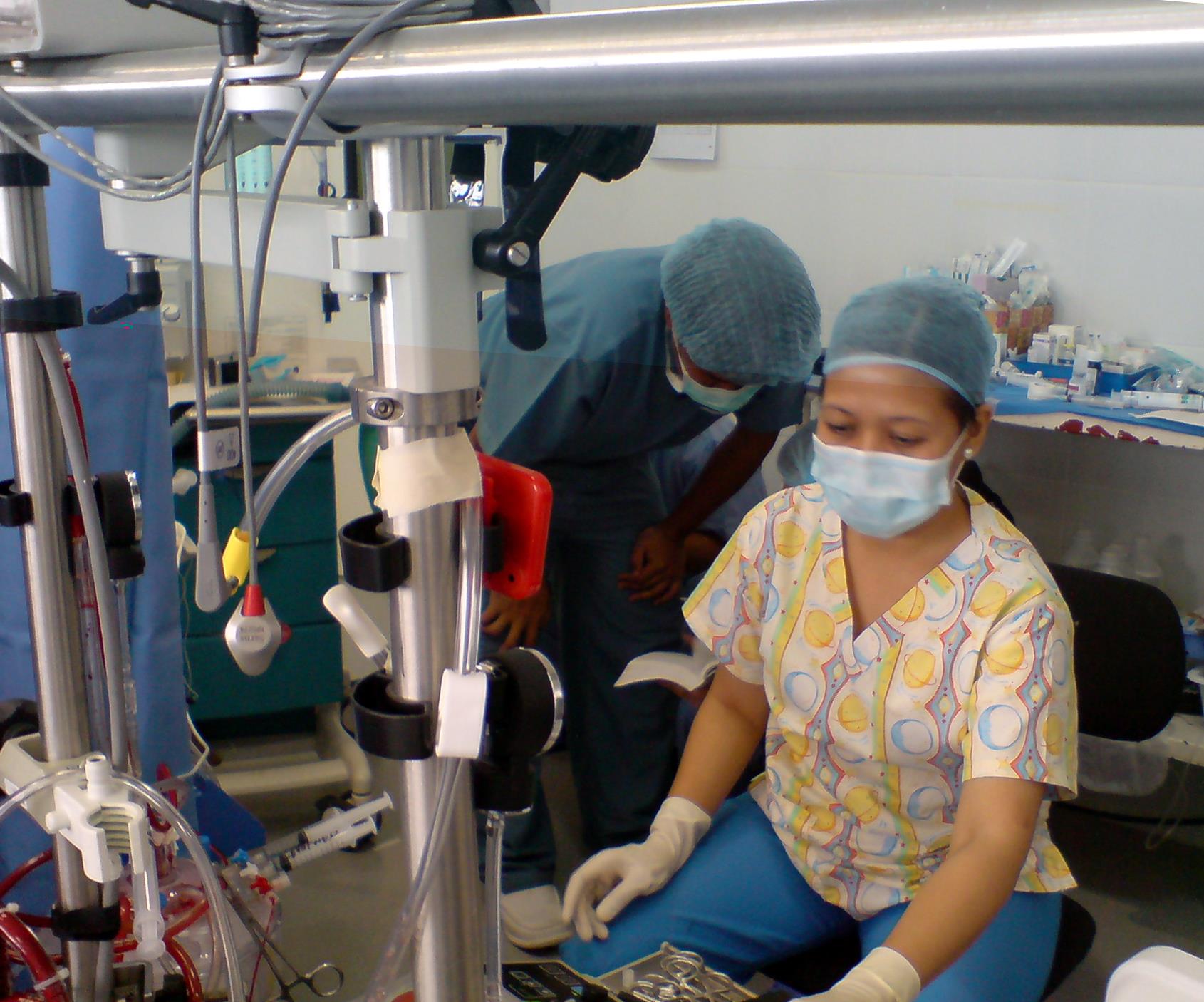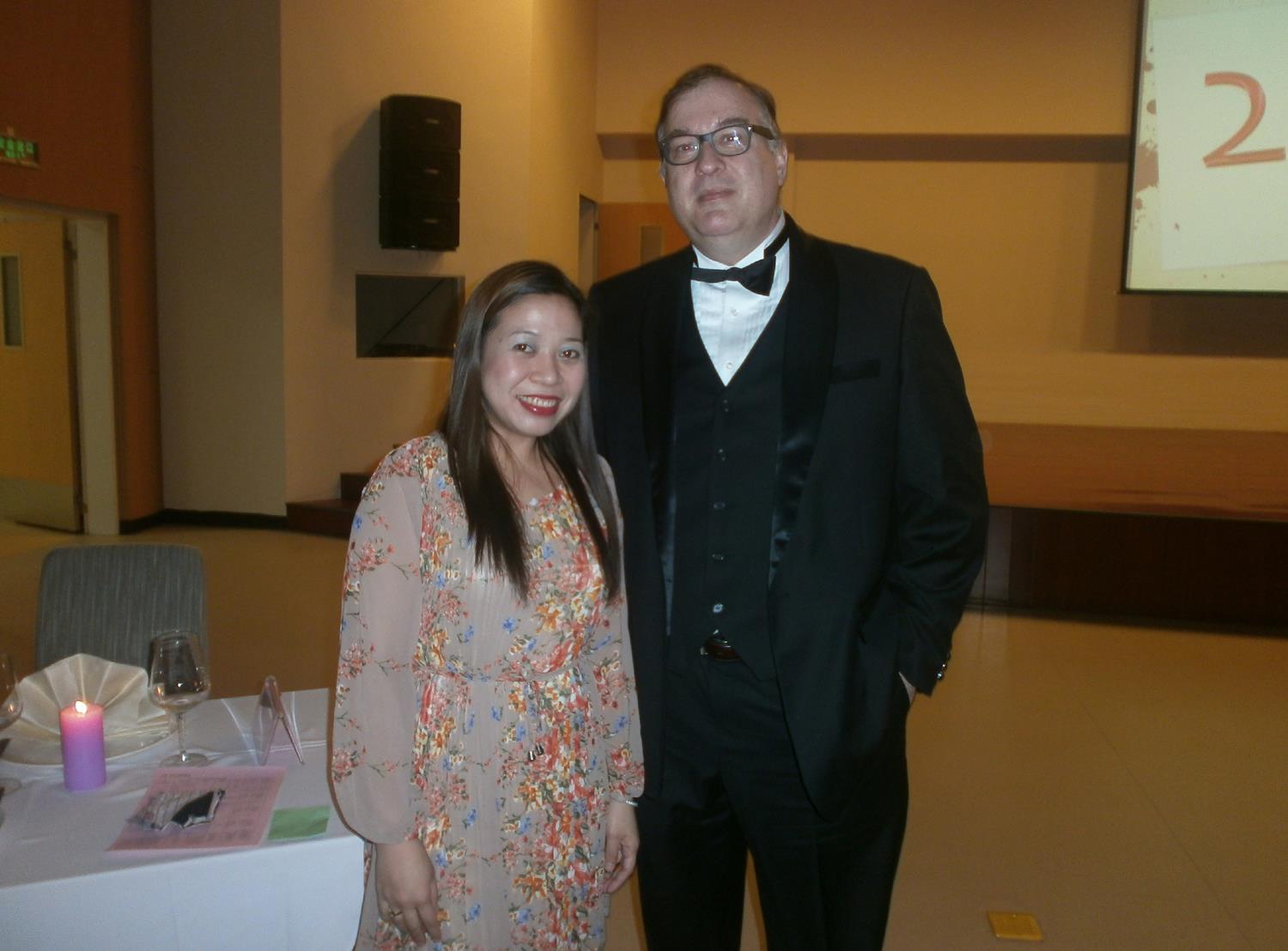Perfusion China: Part III: An Interview with Anna lou Villena

“After all, we have the same purpose –and that is to save and prolong lives.”
Anna lou Villena of the Republic of the Philippines- Working in China
To view the ENTIRE interview series- click here …
Editor’s Note:
I met Anna Lou through contacts on Facebook- I don’t have a direct link to her FB profile, but it was through some other friends that I was finally able to contact her ask her to do an interview here on ‘Surfers.
So let’s continue the interview:
The Asian Equation – Anna Lou Villena
=
Q3.
Tell me about the places you have worked, your equipment that you use, how you conserve resources, how patients are selected (ability to pay- is it an issue) ?
=
With regards to conserving resources and patients’ financial capacity, availing a surgical heart procedure from the three places I have worked, the common denominator that I have observed is – despite the economic struggle of most patients who would undergo this kind of complex surgery, there is a strong family ties and support system from the relatives in order to raise the amount needed by their loved ones.
To be more specific, in the Philippines we categorize patient’s status if it is a private or a charity case. Private case patients have the ability to pay the procedure while charity cases are those service patients who have been sponsored by a company, foundation or from a government agency. However in Albania, since I worked in a private hospital, all patients really find ways to avail the procedure especially if it will be done by a German specialist because of their mentality and high regard for German/foreign doctors. On the other hand, here in China, I learned that 40 -60 % of the total hospital expenses are being covered by the patient’s health insurance and one thing good about here especially in Jilin Heart Hospital is that, all pediatric patients who would undergo interventional and surgical procedures are being shouldered by the government under the Jilin Heart Foundation.
Moreover, for some perfusion consumables such as for hemoconcentrator and cardioplegia delivery system, the use is limited depending on a thorough evaluation of the patient’s condition pre operatively and of course according to the type and circumstances of procedure.
=
=
=
Q4.
Discuss the physician perfusion relationship. Is it relaxed, formal, how do you interact when you need to give meds or make adjustments while on bypass?
=
From all the cardiac centers that I’ve been, regardless of our diversified culture and nationality, I am just so fortunate enough that my relationship with the doctors is smooth sailing. Everyone is really a team player and that is where good relationship is rooted. Of course during work, we respect each other’s expertise and I also know my limitations even though they trust my competence especially in handling medications while on bypass.
Day to Day
=
Q5.
What is your impression of medicine in America (please be honest) as compared to medicine in China, Albania, and the other countries you have practiced in?
=
Medicine in America is obviously far advanced compared to the countries I’ve worked with. Technological innovations and specializations are within your reach that is why I look forward to grasp new studies in perfusion through this website.
=
=
Q6.
Discuss your techniques regarding blood management, use of plavix, Novo7, platelets, FFP and Cryo.
=
Unanimously from my experience, we prime PRBC for pediatric patients depending on the computation considering patient’s weight, hematocrit and priming volume. Adult patients with low hematocrit pre-operatively will also have a blood primed circuit. FFP is deliberately used in prime considering the patients coagulation status pre operatively.
On the other hand, platelets and FFP are often transfused after bypass especially if patients have poor hemostasis.
=
=
Q7.
Give me your opinion on how blogs, youtube, facebook, and twitter affect perfusionists- and any direction you see that is attainable for instant communication to help each other across the globe?
=
For me, social networking sites are the best and most convenient tool to propagate innovations and new studies in perfusion. Nowadays, with all these available technological advancement of communication on hand, perfusionists across the globe are in a way be motivated to work hand and hand in coming up with future studies that could help improve cardiac surgical outcome.
To be more specific, I think blogs in this website is very helpful for Perfusionist especially here in China since other networking sites are prohibited.
=
=
Q8.
You use FB a lot. Do you prefer that medium to perfusion forums? Do you use perfusion forums such as the FB group- Gruppo dei Perfusionisti ? What direction do you think perfusionists are you headed with that?
=
In my opinion, FB could be the easiest medium for perfusion forums and the most convenient way of meeting new acquaintances with other perfusionist all over the globe. However, for issues on security and confidentiality, I think formal discussions should be published in perfusion websites like this circuit surfers.
Just like what I mentioned earlier, since FB is prohibited in China, so I think through this website , we could start reaching out to other Chinese perfusionist especially those who are working in big cardiac centers in Beijing and Shanghai so that we could all get them involved and learn from one another. After all, we have the same purpose –and that is to save and prolong lives.
To be continued …









